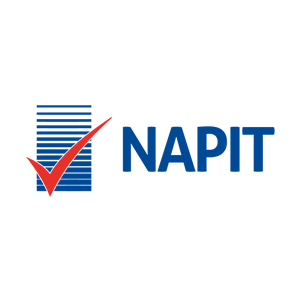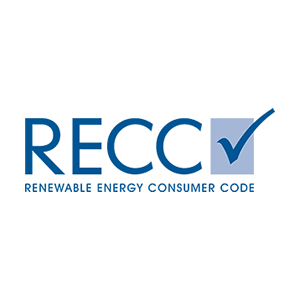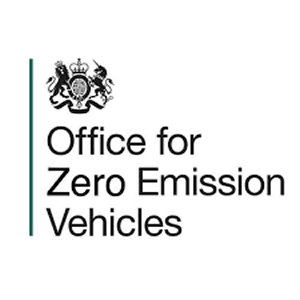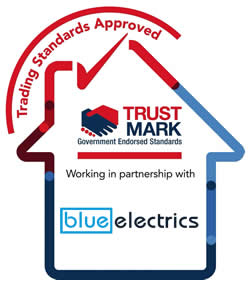If you’re beginning your journey into solar PV (photovoltaic) and battery storage installations, you’ve likely encountered terms like G98 and G99. These are essential standards that ensure your installations are safe, efficient, and compliant with regulations. In this blog post, we’ll explore what G98 and G99 are, their differences, and why they’re important for your solar and battery storage projects.
What are G98 and G99?
G98 and G99 are engineering recommendations set by the Energy Networks Association (ENA) in the UK. They outline the requirements for connecting generation equipment, such as solar PV and battery storage systems, to the public electricity distribution network.
G98: This standard is for smaller, domestic-scale installations, typically micro-generators with a capacity of up to 3.68kW (16 Amps per phase). It’s designed to simplify the connection process for small-scale generators. This process is often referred to as “Fit and Inform,” where you install the system and then inform the National Grid within 28 days after the installation.
G99: This standard covers larger installations than G98, starting from above 3.68kW (16 Amps per phase) and up to 1 MW. However, most domestic installations under G99 typically have inverter capacities up to 12kW. The G99 application must be submitted to the National Grid at least 10 days and no more than 3 months before installation.
Key Differences Between G98 and G99
While both standards aim to regulate and facilitate the connection of generation equipment to the grid, there are some key differences:
- Capacity:
- G98: For micro-generators up to 3.68kW (16 Amps per phase).
- G99 Type A: For installations above 3.68kW (16 Amps per phase) but typically up to 12kW for domestic users, and up to 1 MW for larger projects.
- Application Process:
- G98: Has a simplified application process with fewer compliance requirements due to the smaller scale of the installations. Installers use Form B for single-phase and three-phase 3.68kW inverters.
- G99: Involves a more detailed application process, requiring compliance verification and possibly site-specific assessments. Forms A1-1 and A1-2 are used based on the system size and configuration.
- Technical Requirements:
- G98: Focuses on ensuring that small installations can connect safely without extensive technical scrutiny.
- G99: Includes comprehensive technical requirements to ensure larger installations do not disrupt the grid’s operation. For instance, for an 8kW inverter, you would use the G99 A1-1 form, and for a 5kW inverter, you would use the G99 A1-2 form with a G100 Declaration if required.
Why Do We Need G98 and G99?
- Safety: Ensuring that all connections to the grid are safe for both the public and utility workers.
- Reliability: Maintaining the stability and reliability of the electricity network by preventing issues such as voltage fluctuations and power quality problems.
- Efficiency: Streamlining the connection process for both small and large-scale installations, making it easier for renewable energy sources to be integrated into the grid.
- Regulation Compliance: Helping installers and homeowners comply with regulatory requirements, avoiding potential legal and technical issues.
The Connection Process
At Blue Electrics, we assist you with every step of the connection process, ensuring that your solar PV and battery storage installation complies with G98 or G99 standards. Here’s how we do it:
- Review Information and Discuss with the National Grid: We discuss your plans with the National Grid to understand feasibility and potential charges.
- Submit Application Form:
- G98: After installing your system, we use a simplified application form (Form B) under the “Fit and Inform” process.
- G99: Before installation, we use the standard application form (A1-1 or A1-2), providing detailed information about your project.
- Application Acceptance: The National Grid assesses your application and provides a connection offer.
- Compliance and Installation: We ensure your installation complies with the technical requirements. For G99, this might involve additional compliance verification reports. For example, after installing an 8kW system, we submit an A3-1 form within 28 days to notify the National Grid.
Inform the National Grid: We submit the installation and commissioning forms to the National Grid.
Resources and Further Reading
For more detailed information, you can refer to the following resources:
ENA Engineering Recommendations
Ofgem’s Guide on Smart Export Guarantees
These standards are critical in ensuring that the transition to renewable energy is smooth, safe, and beneficial for everyone involved. By understanding G98 and G99, you’re taking the first step towards a successful and compliant solar PV and battery storage installation.
Feel free to contact us for any specific questions or if you need help with your solar and battery storage projects!




















